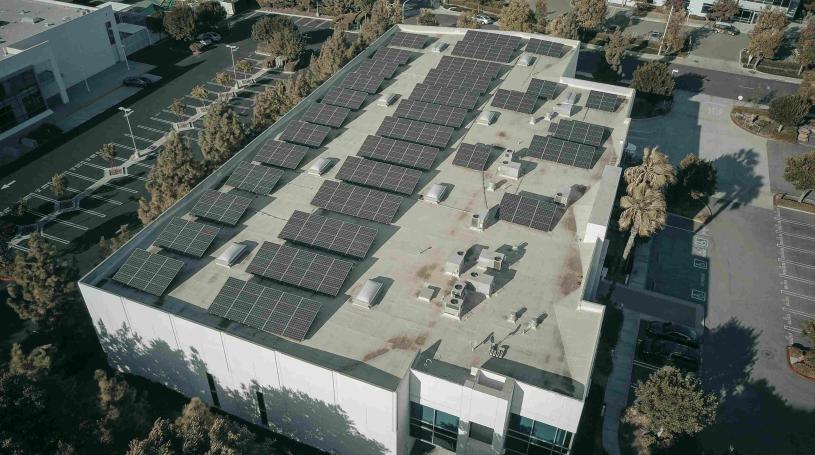CEO Column: Industrial Park to Improve Manufacturing Competitiveness
Thinking big often involves starting small.
This week we mobilised key stakeholders to deepen the understanding of a new type of Industrial Park that is likely to provide competitive advantage to manufacturers — by enabling them to reduce their costs by at least 20% with a smarter operating model.
Such an improvement is likely to trigger manufacturing investment, job creation, and export growth. The concept originates from Prof Justin Barnes, an industrialisation expert who worked in partnership with leading retailers wishing to source more locally.
Sourcing apparel locally enables a two-month product turnaround time, rather than six months if imported. Quicker responses offer financial advantages to retailers.
We have a very promising concept of how to do it, and we are moving towards implementation. It was a small step towards a big innovation, with potentially big wins for the economy.
This Chamber-led initiative aims to provide a model for regional manufacturing success involving multiple well-located Competitive Industrial Parks (CIPs). Potential sites have already been identified in the Swartland Municipality, and interested stakeholders are eager to proceed.
If the CIP can work in Swartland, why not other municipalities too? The pilot will hopefully provide the proof of concept needed to attract further investment to scale up the solution to boost light industrial manufacturing countrywide.
The cost savings are attained via several interventions that have broad stakeholder approval. The CIPs would feature a 4x4 shift rotation, like nurses have always worked. One shift of workers will work 12 hours a day for four days, followed by four days off. A second shift will follow and do the same. In eight days, the factory output is double vs a normal seven-day week operating on traditional shifts. In this way the overhead costs per produced item is almost halved.
Low factory rentals and more affordable green energy are among a list of other cost savings. By locating the Industrial park close to the workforce, employees also benefit from reduced transport costs. With four free days, people also have more freedom to get other things done in their lives.
This industrial park (CIP) would be for the exclusive use of labour-intensive manufacturing operating on the 4 x 4, 12 hour-shift system.
Whilst unemployment is at a shocking level in this country, the manufacturing sector, a key job creator, has performed poorly. Manufacturing as a percentage of GDP has halved over the past decade. The success of this CIP may just be what is needed to shift policy thinking, and to stimulate new growth in light industrial manufacturing.
Thinking big often involves starting small, and thinking smart.
John Lawson
CEO of the Cape Chamber of Commerce and Industry

